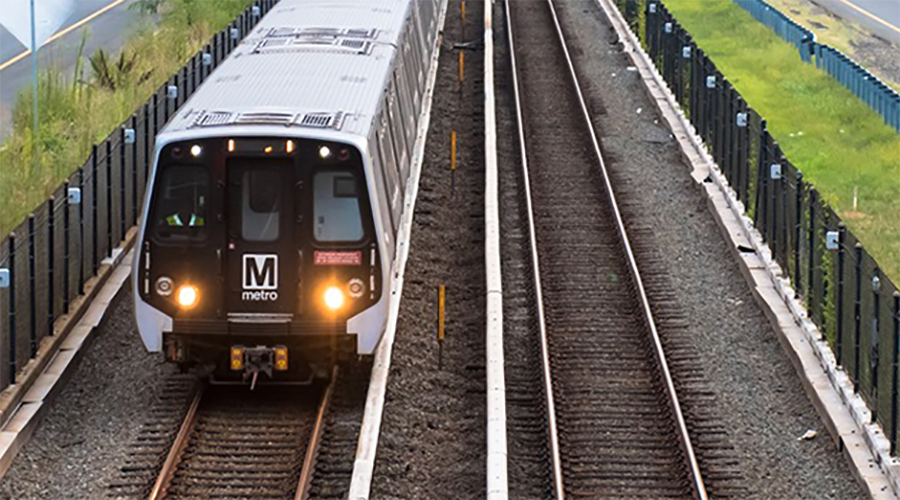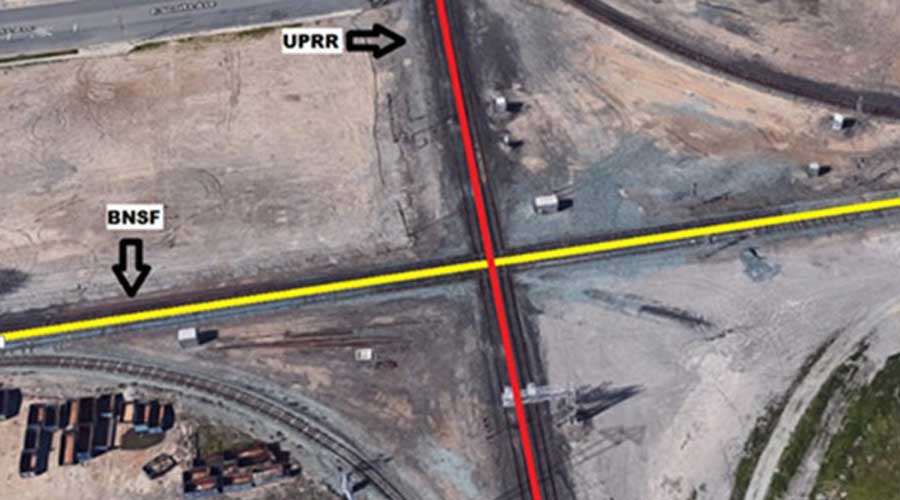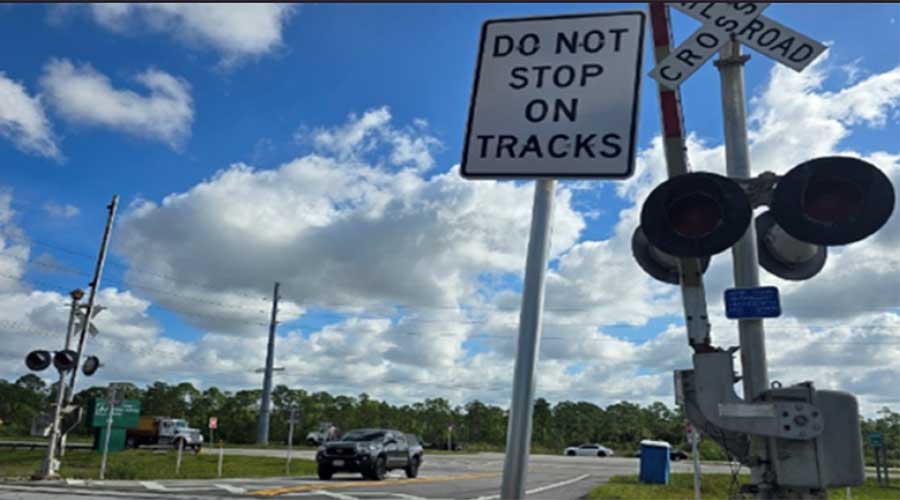Newsletter Sign Up
Stay updated on news, articles and information for the rail industry
Stay updated on news, articles and information for the rail industry
RAIL EMPLOYMENT & NOTICES
Rail News Home
High-Speed Rail
Rail News: High-Speed Rail
4/18/2011
Rail News: High-Speed Rail
ELPC's Learner: HSR funding cut disappointing, but doesn't mean program is dead
advertisement
President Barack Obama is expected to sign off on a FY2011 federal budget that, among other things, zeroes out high-speed rail funding for the remainder of the fiscal year, which ends on Sept. 30. It also rescinds $400 million in unobligated FY2010 high-speed rail money.
Although the funding slash is “disappointing” and “a step in the wrong direction,” it doesn’t signify the end of the High-Speed Intercity Passenger Rail (HSIPR) program, says Environmental Law and Policy Center President and Executive Director Howard Learner, who says rumors about the program’s demise are greatly exaggerated.
Since Florida Gov. Rick Scott rejected the $2.4 billion in federal high-speed dollars for the Tampa-Orlando project, the U.S. Department of Transportation now has $2 billion (after subtracting the $400 million in rescinded FY2010 funds) to reallocate to other states. On April 4, 24 states, the District of Columbia and Amtrak submitted applications totaling more than $10 billion seeking a share of those funds. The Obama administration and House Democrats likely saw those funds as a way to keep the program moving at a reasonable clip and, therefore, were more willing to give up funding for FY11, says Learner.
“You have to look at this in a broader context,” he says. “I can understand, in the emergency scramble to reach a budget recommendation in which a shutdown of the government was sensibly avoided, that someone in the room said, ‘Well, we have $2 billion we didn’t think we’d have as a result of the reallocated Florida funds. So for this short time period between now and the FY12 budget, we can grit our teeth and cut $1 billion from high-speed rail funding for this fiscal year.’”
And even though Republican congressmen are pressuring the Administration to cut high-speed rail funding, there are nearly a dozen Republican governors who have requested a portion of Florida’s HSIPR funds for their states — including Wisconsin Gov. Scott Walker, who previously rejected $810 million for the Milwaukee-Madison project.
“The fact of the matter is that the public strongly supports modern, fast, comfortable and convenient rail service that will improve mobility and reduce pollution, create jobs and spur economic growth,” says Learner, whose organization advocates for projects that improve environmental quality.
However, in order for the HSIPR program to succeed long term, politicians need to get past the “yo-yo” process where governors advocate for high-speed rail development in their state and obtain federal funds, only for those funds to be returned by the next governor, says Learner.
Having a consistent funding stream for high-speed and intercity passenger-rail projects would help. In February, the Obama administration proposed spending $53 billion on high-speed rail during the next six years to help reach their goal of providing 80 percent of Americans access to high-speed rail in the next 25 years. Whether the administration continues to push that proposal remains to be seen.
“The key test will be what the president’s FY12 budget proposal is for high-speed rail, and the degree to which he actively advocates that funding in what’s likely to be a contentious budget process with Congress,” says Learner.
Just because high-speed rail funding was zeroed out in FY11 doesn’t mean the program won’t receive funds in FY12 and beyond, Learner says.
“The entire transportation reauthorization process right now is up in the air and the question of how to fund high-speed rail is not unique,” he says. “There’s the question of how to fund highways, bridges, airports — it’s all wrapped up in the transportation reauthorization and there right now doesn’t appear to be a funding formula that has widespread agreement among the House and Senate, Democrats and Republicans.”
But as long as high-speed rail remains one of the president’s top priorities, the administration will find a way to fund it, Learner believes.
“I haven’t seen a transportation reauthorization bill in years in which the president, and the Senate and House leaders weren’t able to get support for their top priorities — that’s how that process works,” he says.
— Angela Cotey
Although the funding slash is “disappointing” and “a step in the wrong direction,” it doesn’t signify the end of the High-Speed Intercity Passenger Rail (HSIPR) program, says Environmental Law and Policy Center President and Executive Director Howard Learner, who says rumors about the program’s demise are greatly exaggerated.
Since Florida Gov. Rick Scott rejected the $2.4 billion in federal high-speed dollars for the Tampa-Orlando project, the U.S. Department of Transportation now has $2 billion (after subtracting the $400 million in rescinded FY2010 funds) to reallocate to other states. On April 4, 24 states, the District of Columbia and Amtrak submitted applications totaling more than $10 billion seeking a share of those funds. The Obama administration and House Democrats likely saw those funds as a way to keep the program moving at a reasonable clip and, therefore, were more willing to give up funding for FY11, says Learner.
“You have to look at this in a broader context,” he says. “I can understand, in the emergency scramble to reach a budget recommendation in which a shutdown of the government was sensibly avoided, that someone in the room said, ‘Well, we have $2 billion we didn’t think we’d have as a result of the reallocated Florida funds. So for this short time period between now and the FY12 budget, we can grit our teeth and cut $1 billion from high-speed rail funding for this fiscal year.’”
And even though Republican congressmen are pressuring the Administration to cut high-speed rail funding, there are nearly a dozen Republican governors who have requested a portion of Florida’s HSIPR funds for their states — including Wisconsin Gov. Scott Walker, who previously rejected $810 million for the Milwaukee-Madison project.
“The fact of the matter is that the public strongly supports modern, fast, comfortable and convenient rail service that will improve mobility and reduce pollution, create jobs and spur economic growth,” says Learner, whose organization advocates for projects that improve environmental quality.
However, in order for the HSIPR program to succeed long term, politicians need to get past the “yo-yo” process where governors advocate for high-speed rail development in their state and obtain federal funds, only for those funds to be returned by the next governor, says Learner.
Having a consistent funding stream for high-speed and intercity passenger-rail projects would help. In February, the Obama administration proposed spending $53 billion on high-speed rail during the next six years to help reach their goal of providing 80 percent of Americans access to high-speed rail in the next 25 years. Whether the administration continues to push that proposal remains to be seen.
“The key test will be what the president’s FY12 budget proposal is for high-speed rail, and the degree to which he actively advocates that funding in what’s likely to be a contentious budget process with Congress,” says Learner.
Just because high-speed rail funding was zeroed out in FY11 doesn’t mean the program won’t receive funds in FY12 and beyond, Learner says.
“The entire transportation reauthorization process right now is up in the air and the question of how to fund high-speed rail is not unique,” he says. “There’s the question of how to fund highways, bridges, airports — it’s all wrapped up in the transportation reauthorization and there right now doesn’t appear to be a funding formula that has widespread agreement among the House and Senate, Democrats and Republicans.”
But as long as high-speed rail remains one of the president’s top priorities, the administration will find a way to fund it, Learner believes.
“I haven’t seen a transportation reauthorization bill in years in which the president, and the Senate and House leaders weren’t able to get support for their top priorities — that’s how that process works,” he says.
— Angela Cotey


 2025 MOW Spending Report: Passenger-rail programs
2025 MOW Spending Report: Passenger-rail programs
 Gardner steps down as Amtrak CEO
Gardner steps down as Amtrak CEO
 Guest comment: Oliver Wyman’s David Hunt
Guest comment: Oliver Wyman’s David Hunt
 Women of Influence in Rail eBook
Women of Influence in Rail eBook
 railPrime
railPrime








